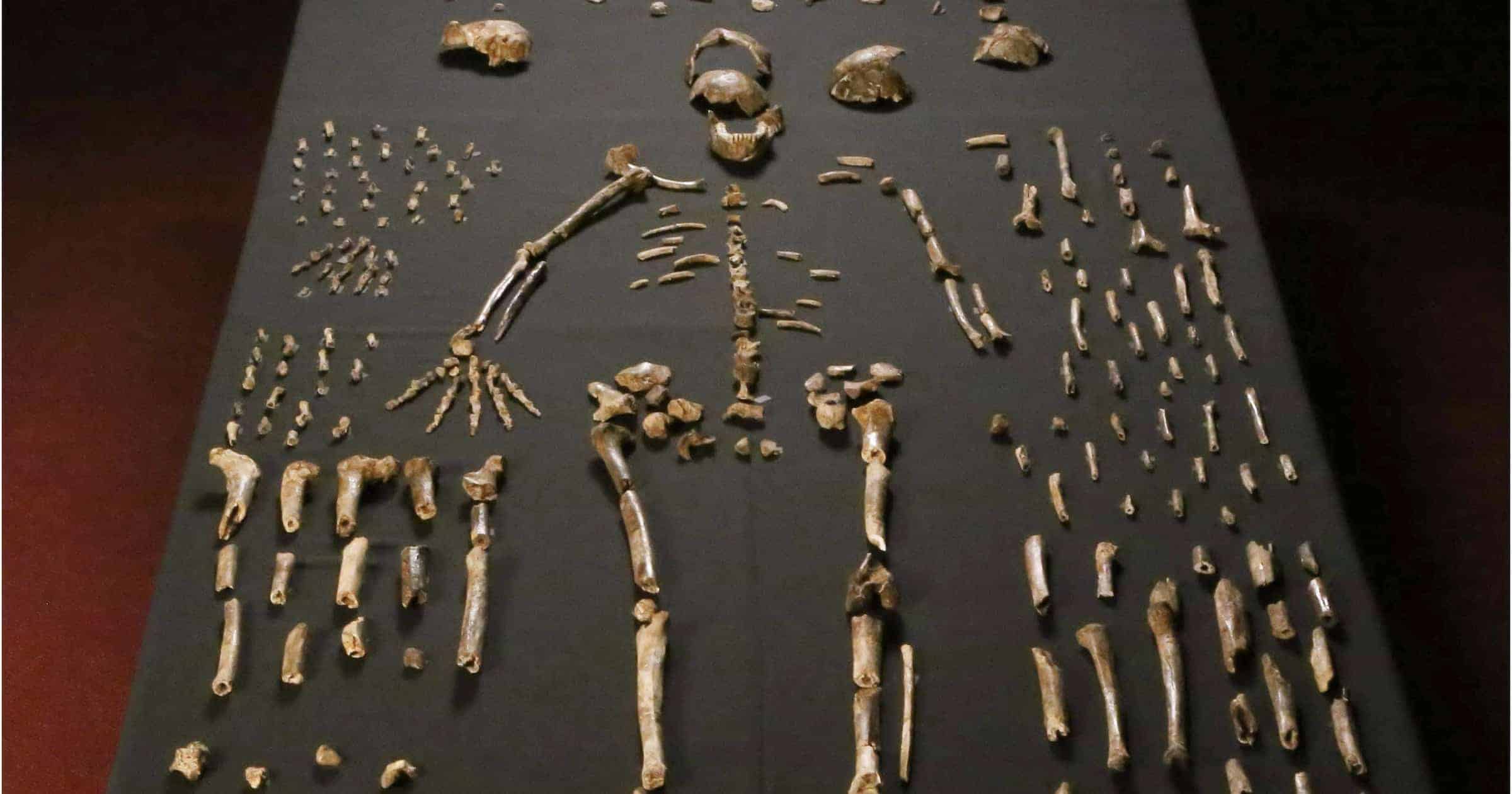Back in 2013, scientists found in a cave in South Africa over 1,500 fossils of an ancient hominin species they had never seen before – Homo naledi.
These now-extinct human relatives were short, with long arms and a brain only one-third the size of modern humans. Now, after years of analyzing the cave, the scientists also found Homo naledi buried their dead in graves.

The findings are very consequential. This could overturn what was thought to be known about the developments of human beliefs, culture, and symbolism.
Until now, burying the dead in graves was only associated with larger-brained Homo sapiens and Neanderthals. The findings are detailed in three studies that have been accepted for publication in the journal eLife.
“Much of what we assumed was distinctively human, and distinctively caused by having a large brain, may not be either of those things. Burial, meaning-making, even ‘art’ could have a much more complicated, dynamic, non-human history than we previously thought,” Agustín Fuentes, biocultural specialist, said in a media statement.
A remarkable finding
The Homo naledi remains were discovered in 2013 by South African spelunkers exploring the cave – part of a larger cave system. Lee Berger, a paleoanthropologist at the University of Witwatersrand, organized an expedition with his team into the system of chambers and tunnels. After some risky caving, they found bones from at least 27 individuals
The researchers first proposed that Homo naledi placed the bodies in the cave but did not bury them, a practice called “funerary caching”. This claim was considered provocative due to the primitive nature of the species.
Homo naledi belonged to a separate lineage that diverged from our ancestors over two million years ago.
Initially, anthropologists and archaeologists believed that the fossils were distributed evenly across the chamber floors. However, in 2018, as they excavated more sediment, they discovered two nearly complete skeletons positioned within oval-shaped depressions.
Looking closely, they noticed that the skeletons didn’t sink into the sediment to form these depressions. Someone must have dug them out.
This discovery, along with other lines of evidence, has led the researchers to conclude that the remains were indeed buried. The oldest recorded human grave dates back 78,000 years. Homo naledi pushes back this timeframe significantly.
The buried fossils are at least 240,000 years old and potentially as old as 500,000 years, according to scientists’ estimations.
In addition to the fossils, the team found fragments of charcoal, burned bones belonging to turtles and rabbits, and observed soot on the cave walls. These remains suggest Homo naledi employed glowing coals to illuminate their path while entering the caves. They also would have brought wood or another combustible material to ignite fires inside the caves, used for rituals or cooking animals.
“These recent findings suggest intentional burials, the use of symbols, and meaning-making activities by Homo naledi. It seems an inevitable conclusion that in combination they indicate that this small-brained species of ancient human relatives were performing complex practices related to death,” said Lee Berger in a media statement.
The discovery of Homo naledi will soon be featured in a Netflix documentary “Unknown: Cave of Bones” and in a book called “Cave of Bones: A True Story of Discovery, Adventure, and Human Origins.”
The researchers will continue exploring Homo naledi. They plan to answer questions such as how old the species is and whether DNA was preserved in the bones.









